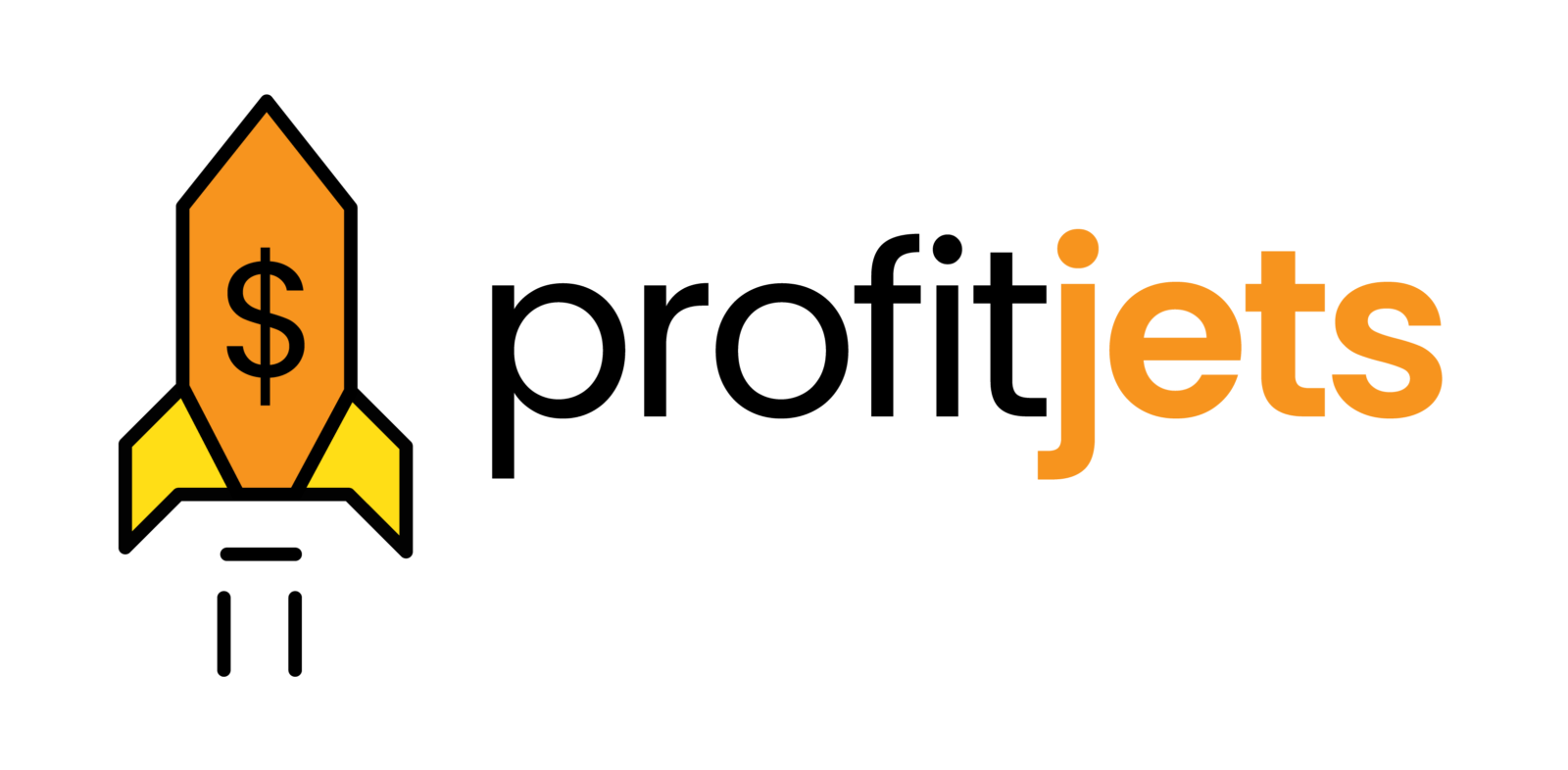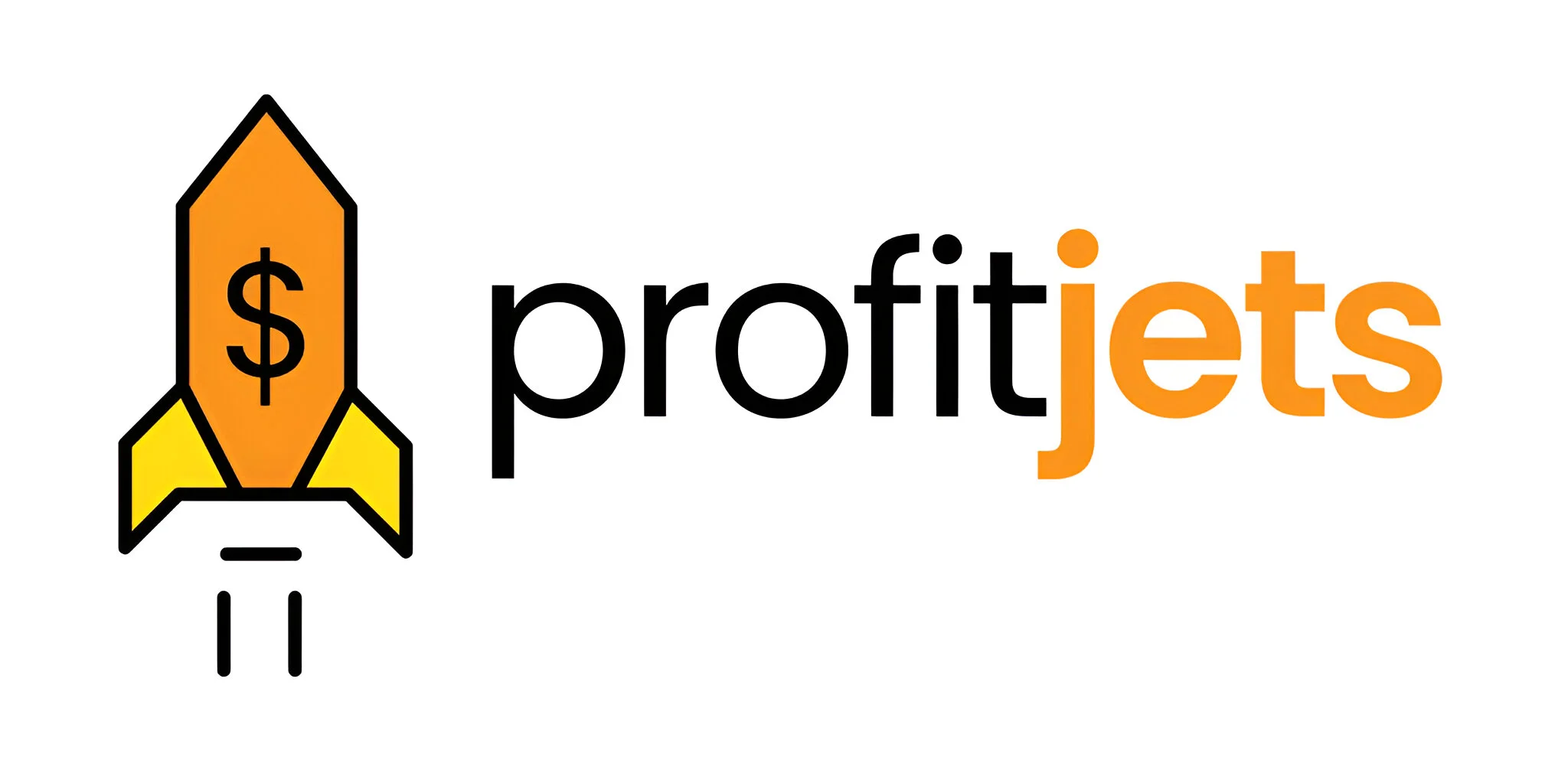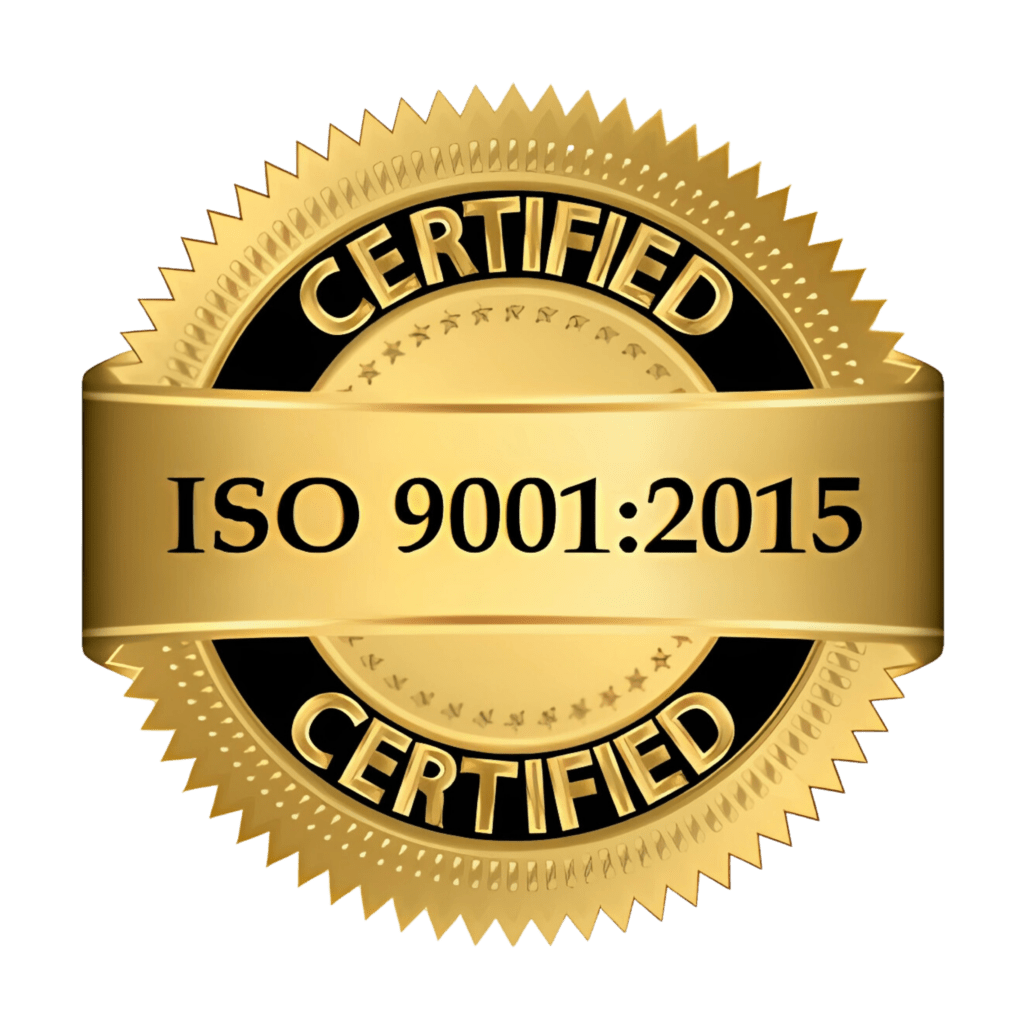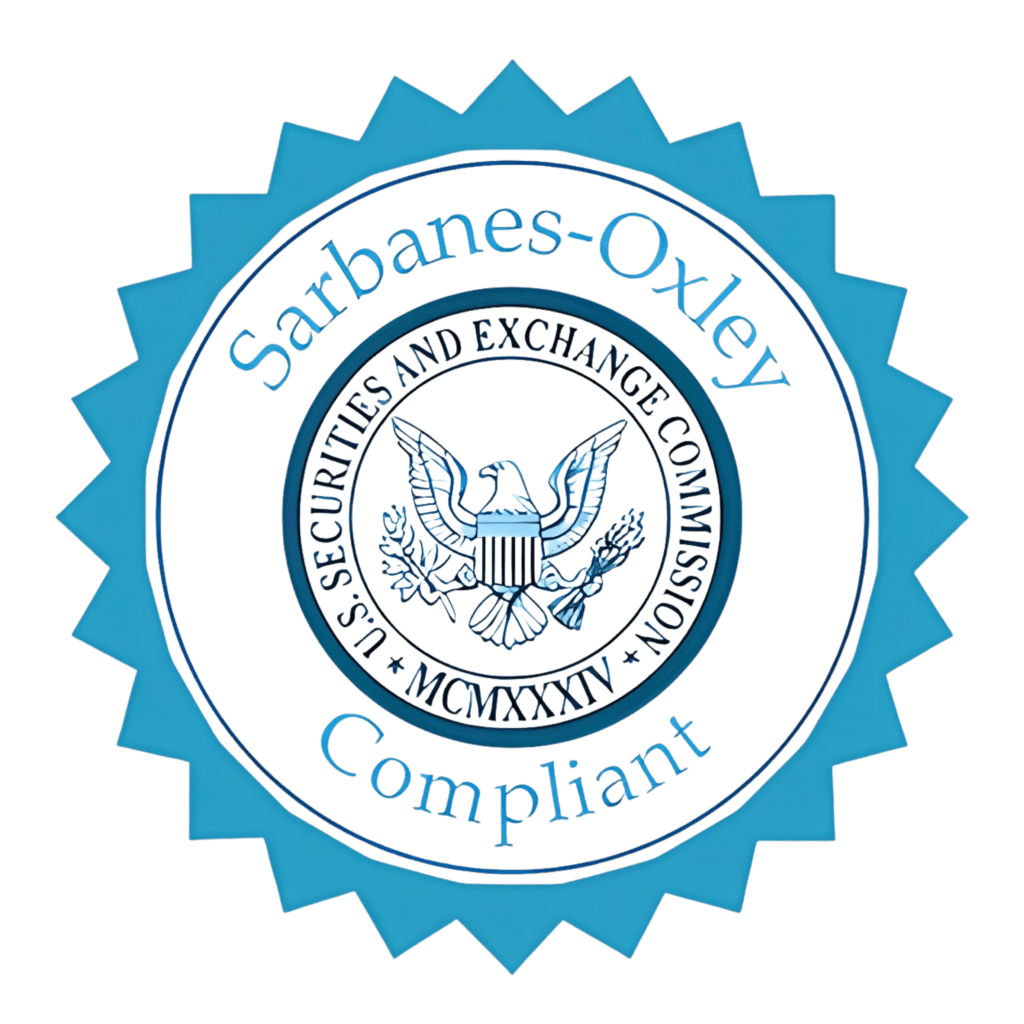IRS Form 3115 (Application for Change in Accounting Method) is the official document businesses must file when:
- Changing from one accounting method to another
- Adopting new tax regulations
- Correcting improper accounting methods
- Making automatic or non-automatic method changes
Table of Contents
Who Needs to File Form 3115?
You should consider filing if your business:
- Is switching from cash to accrual accounting (or vice versa)
- Needs to comply with new tax laws (e.g., TCJA provisions)
- Has been using an incorrect accounting method
- Wants to take advantage of automatic method changes
- Needs to make inventory accounting changes
Important: Some changes require IRS consent. Professional tax services can determine if your change qualifies for automatic approval.
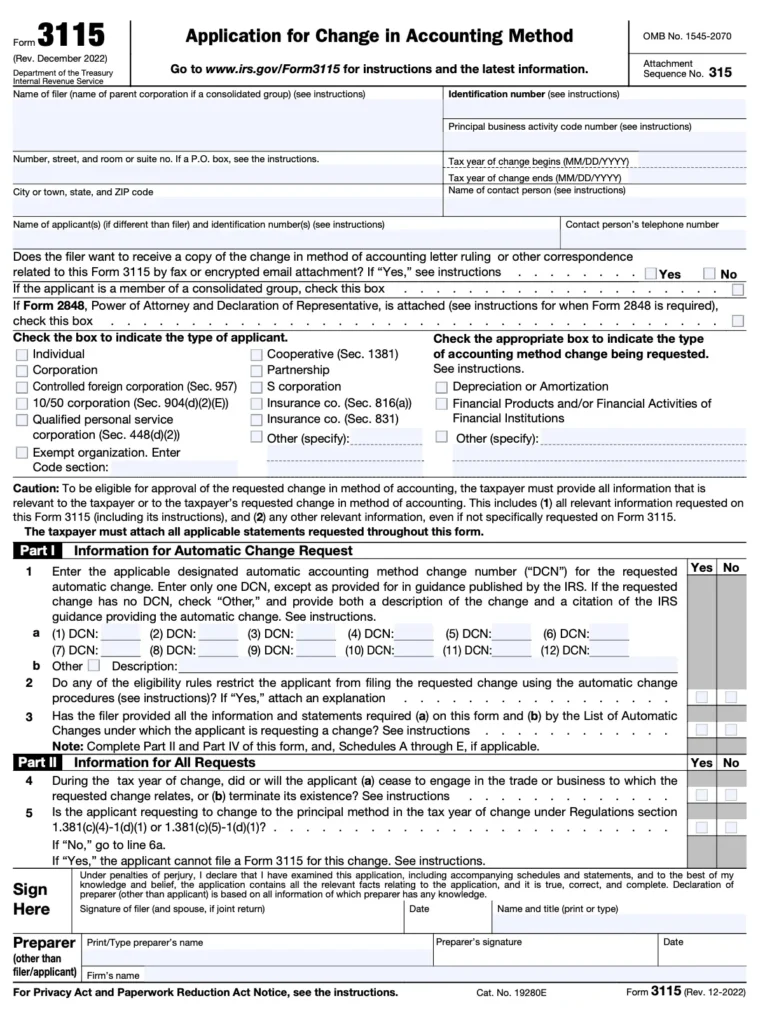
Step-by-Step Guide to Completing Form 3115
Step 1: Determine Your Accounting Method Change
Identify:
- Current accounting method
- Proposed new method
- IRS revenue procedures that apply
- Whether the change is automatic or requires consent
Step 2: Gather Required Documentation
Prepare:
- Financial statements for the past 3 years
- Detailed description of current and proposed methods
- Calculation of Section 481(a) adjustment (if applicable)
- Supporting documents for any special provisions
Step 3: Complete Part I – General Information
- Line 1a: Taxpayer name and EIN
- Line 1b: Type of entity and tax year
- Line 1c: Description of change
- Line 1d: Indicate if automatic change

Step 4: Complete Part II – Change Information
- Line 2: Detailed description of the current method
- Line 3: Detailed description of the new method
- Line 4: Explanation of why change is being made
- Line 5: Section 481(a) adjustment calculation
Step 5: Complete Part III – Automatic Change Procedures
For automatic changes:
- Line 6: Revenue procedure being followed
- Line 7: Scope limitations
- Line 8: Audit protection statements
Step 6: Complete Part IV – Signature
- Line 9: Taxpayer signature
- Line 10: Paid preparer information (if applicable)
Step 7: File the Form
- Automatic changes: File with tax return
- Non-automatic changes: File as a stand-alone application
- Mail to:
Copy
Internal Revenue Service
Ogden, UT 84201-0027
- Deadlines: Vary by change type (typically tax return due date)
Common Mistakes to Avoid
- Missing filing deadlines – Strict timelines apply for method changes
- Incorrect Section 481(a) calculations – Impacts multiple tax years
- Improper change classifications – Automatic vs. non-automatic
- Failing to maintain documentation – Must support method change
- Not reconciling with financial statements – Must align with books
Professional tax services ensure proper compliance with complex accounting changes.
Advanced Considerations
Financial Statement Impacts
- GAAP vs. tax accounting differences
- One-time adjustment reporting
- Deferred tax asset/liability implications
- Disclosure requirements
Special Method Changes
- UNICAP rules
- Inventory valuation methods
- Long-term contract accounting
- Bad debt recognition
Audit Protection
- Statute of limitation considerations
- Audit protection for prior years
- Change vs. correction distinctions
- Voluntary accounting method changes

Final Thoughts
Proper completion of IRS Form 3115 is essential for businesses changing accounting methods to maintain compliance and optimize their tax position. By understanding the detailed requirements, maintaining accurate financial statements, and carefully following the latest Form 3115 instructions, businesses can successfully navigate accounting method changes. For organizations with complex accounting systems, multiple method changes, or uncertain tax positions, partnering with professional tax services provides the expertise needed to implement changes properly and maximize tax benefits.
